HellermannTyton has developed a range of RFID cable ties, hard tags, labels and RFID readers to make your RFID tracking and identification processes more efficient. The variety of applications makes RFID technology so unique:
Radio frequency identification (RFID) is a smart solution for identification, serialisation and tracking of products in several areas and industries. Watch this video to find out how RFID works and how it can be applied for industry purposes:
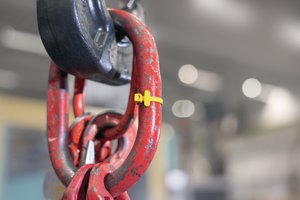 T50RFIDCLA
111-01638
T50RFIDCLA
111-01638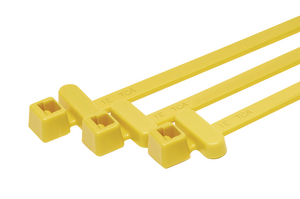 T50RFIDCHA
111-01639
T50RFIDCHA
111-01639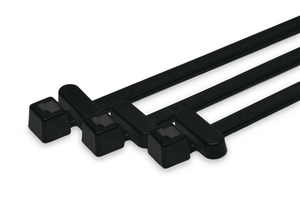 T50RFIDCHA
111-01591
T50RFIDCHA
111-01591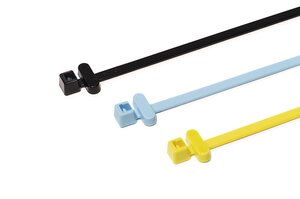 T50RFIDCHA
111-01673
T50RFIDCHA
111-01673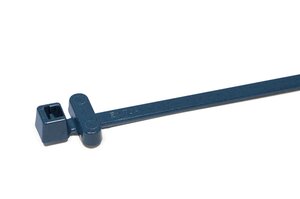 MCTRFIDCLA
111-01976
MCTRFIDCLA
111-01976 MCTRFIDCHA
111-01676
MCTRFIDCHA
111-01676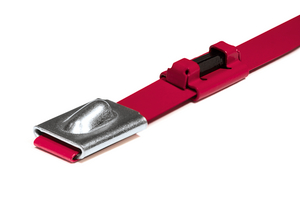 MBT8HFCRFID
156-01167
MBT8HFCRFID
156-01167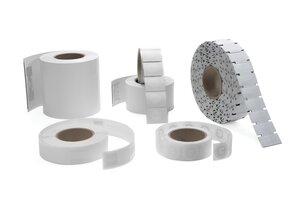 TAG110x13T1UHFM
556-00841
TAG110x13T1UHFM
556-00841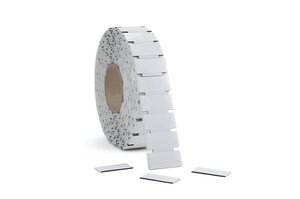 TAG54x24T1UHFM
556-00844
TAG54x24T1UHFM
556-00844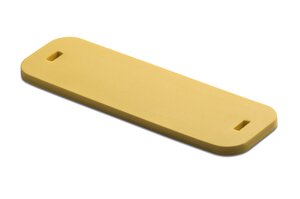 RFID FLEXTAG 83x25
556-00803
RFID FLEXTAG 83x25
556-00803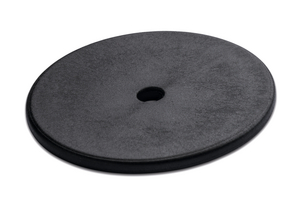 RFID HARDTAG DISC
556-00809
RFID HARDTAG DISC
556-00809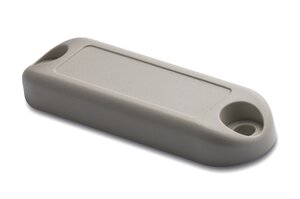 HardTag Solid 60x18
556-00852
HardTag Solid 60x18
556-00852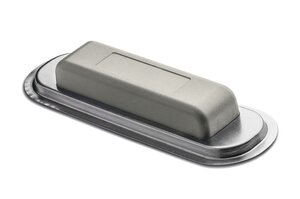 RFID HARDTAG SOLID 105x35
556-00811
RFID HARDTAG SOLID 105x35
556-00811RFID improves processes by accelerating workflows, reducing waste and increasing overall situational awareness. Here are some of the key benefits:
Learn more about the benefits of HellermannTyton RFID solutions here in this video:
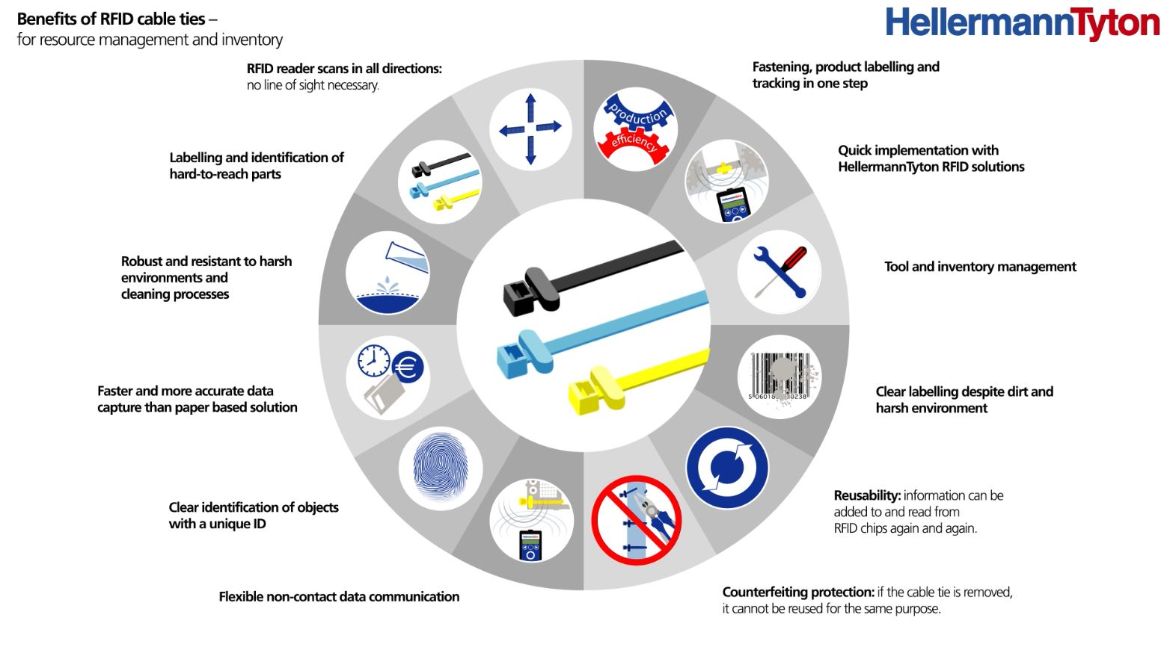
RFID tracking is used in many industries. The combination of material, transponder, reading distance and surroundings decides on the use of it. RFID tags in cable ties are used for applications such as:
There is an ever increasing need by business to ensure the traceability and record-keeping of calibration, location and maintenance requirements to current quality and accreditation standards.

A good example is tracking products for asset management, where RFID systems simplify the identification and management of valuable tools or equipment substantially. For this, the product to be labelled just needs to be fitted with one of HellermannTyton RFID tags that has been programmed with a unique code. You can either link the pre-programmed code with a database or add specific code requirements according to your database needs.
The fact that each component is traceable also benefits goods receipt. Costs become more transparent and processes along the value stream can be optimised. Product counterfeits are easier to identify.

Take an offshore wind farm as another example for RFID tracking. Engineers need to take commonly used valuable equipment with them on site to fulfill repair or maintenance tasks. In order to manage the inventory and/or identify the location of the equipment it can be fitted with an RFID transponder. The programmed information can be linked to a database that serves as an information and management tool for an easy way of tracking the tools.
With the help of NFC technology (near-field communication), the engineer can communicate with the RFID tag by using an app on their tablet PCs. This way it is e.g. possible to check out the equipment prior to the use and check it back in after finishing the job. The main benefit of such a system is the continuous control that both users and administrators have over these assets.

When conditions in the production facility are extreme - such as heat, dirt and liquids - RFID cable ties made of durable materials are the ideal solution.
Take, for example, a hydraulic service that repairs hoses under these harsh conditions. A combination of hydraulic oil, screw solution and dirt would often obscure conventional product labels until they became unreadable. This created significant challenges for the service staff, who could no longer identify the type of hose they were working with. What is the hose's maximum pressure load? When was it manufactured and installed? Who worked on it last?
The solution for the service company was to use HellermannTyton RFID cable ties made of metal, which are not affected by oil or heat.

There are numerous other fields of application for RFID tracking, like crane construction. One example: Previous product labels were difficult to access and were no longer readable because several layers of paint were applied at the customer’s request. Now using HellermannTyton RFID hard tags for identification the information remains permanently readable as the chip is housed in and can withstand harsh environments or layers of paint.

Processes are also simplified and optimised in the case of traceability of components. For example, in the case of defects, recalls or the monitoring of maintenance intervals. Or for product labelling in general, such as when installing elements in automobiles.
Here, any type of RFID cable tag also acts as a security measure which is more reliable and involves less effort than conventional labelling solutions.
The authenticity of the information on the RFID transponder is therefore guaranteed. This means, for example, you can very accurately trace which employee installed which component with which properties in which factory on which day.
All HellermannTyton RFID products can be used for securing, serialising, tracking, and identifying products across various areas, including resource management, electrical inspection, inventory, distribution, supply chain optimisation, and rental services. They also facilitate easy management of maintenance and repair routines. These innovative RFID tracking solutions are designed to meet both individual requirements and industry standards.

RFID cable ties provide an innovative solution for clear and fast product tracking using RFID tracking technology. They are available in a range of materials:

Our RFID hard tags are equipped with HF and UHF RFID chips and can be securely attached using bolts, screws, adhesive, or welding, making them suitable for a wide range of applications. Our portfolio includes three main ranges:

Our RFID labels are made from tough, durable, and long-lasting materials, featuring a permanent adhesive for secure, lasting attachment. They also include an insulating layer to ensure proper RFID functionality on metallic surfaces, providing faster, safer, and more reliable data capture. Our range of RFID labels is available in both HF and UHF versions.

HellermannTyton offers a wide range of RFID tag readers, including handheld, desktop, and stationary options for both HF and UHF applications. In partnerships with leading manufacturers, we provide complete system solutions or integration into larger projects. For customized solutions, our Auto-ID team is available to consult and connect you with the right partners.

Our PT4000 RFID printers are high-quality, mid-range 300 dpi thermal transfer printers with an integrated UHF RFID system. They can print and encode UHF RFID labels or similar media in a single process, making them ideal for a wide range of identification tasks in industrial environments. The printer is capable of handling a daily output of up to 5,000 labels.
RFID solutions rely on software, whether it is a standard application on a mobile device or a highly customised interface integrated into a complex ERP system. Without the right software, most RFID tracking projects cannot succeed. HellermannTyton has been developing automatic identification (Auto-ID) software for many years. Our TagPrint Pro is a sophisticated, standard design suite for industrial labeling and is also compatible with RFID encoding.
However, many RFID tracking projects require different functionality and connectivity than what TagPrint Pro was designed for. These requirements are often highly specific. To provide our customers with the support and solutions they need, HellermannTyton collaborates with various software development companies and RFID system integrators. Depending on the project’s requirements or the customer's preferences, we are happy to connect you with our network, allowing you to benefit from our extensive experience in implementing RFID solutions.
RFID, or Radio-Frequency Identification, is a technology that allows for the wireless identification and tracking of objects using radio waves. It consists of three main components: RFID transponders or tags, RFID readers, and a backend database or software system. The idea of how to track RFID tags is very simple: the tag contains a microchip holding information about the tagged object as well as an antenna enabling the tag to communicate with a reader. The reader captures the signal from the tag and passes it on to a computer system or software where it is processed.
RFID systems use the following properties of RFID transponders to achieve this:

Barcodes and RFID (Radio Frequency Identification) are both technologies used for identifying and tracking items, but they differ in their underlying applications.
RFID uses radio frequency signals to identify and track objects. RFID tags can be read even when not directly visible to the reader. They can also store more information than barcodes and since multiple tags can be read simultaneously, RFID is more efficient for tracking large quantities. Also, RFID tags are more robust than barcodes.
RFID (Radio-Frequency Identification) technology can potentially be hacked, like any other technology. However, not all RFID systems are equally vulnerable. The feasibility and complexity of hacking RFID systems depend on various factors, including the specific type of RFID technology being used, the security measures in place, and the attacker's skill level. Responsible implementation of security measures can greatly mitigate the risks associated with RFID hacking.
RFID tags can be reused and recycled. Most importantly, the content saved on the tags can be overwritten and the RFID tags can therefore be used repeatedly. Another key advantage of RFID lies in the use cases. For example, RFID tags can be used to track waste bins. When processing the waste, type, weight, and environmental impact can be tracked. This information could be used to calculate the charge for that bin, thus encouraging the bin owner to change their behaviour to produce less impactful waste.
Our RFID tags are passive, meaning they do not have their own power source and rely on a reader's radio signals to activate and transmit their information. These tags generally have a short range, which can range from 1 cm to 9 meters, depending on the frequency of the tag (low, high or ultra-high frequency). They are mainly used for tasks like inventory management, asset tracking, and access control, where the focus is on identifying items close to a reader. It's important to note that traditional RFID systems are not as accurate as GPS for pinpoint location tracking.